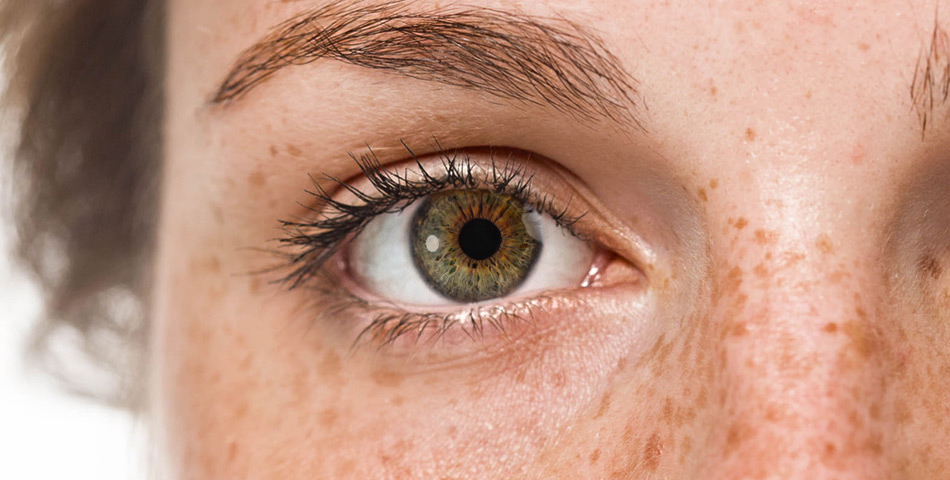Deep TMS (transcranial magnetic stimulation) therapy is a well-tolerated, non-invasive brain stimulation technique used successfully to treat obsessive-compulsive disorder (OCD). TMS for OCD has been shown to be an effective treatment, particularly for individuals who have not responded well to medication or other psychotherapies.
Why Should You Choose Deep TMS Therapy for OCD: What is OCD?
OCD is a mental health condition indicated by recurring, distressing, and unwanted thoughts, images, or impulses (obsessions) and repetitive behaviors or mental acts that individuals feel compelled to perform (compulsions). It is a chronic and often debilitating condition that can interfere with daily life, relationships, and work.
Obsessions are persistent and intrusive thoughts or urge that can cause anxiety, fear, guilt, or shame. Examples of common obsessions include fear of contamination or excessive concerns about order or symmetry.
Compulsions are repetitive behaviors or mental acts that individuals feel compelled to engage in to reduce anxiety or prevent harm. Examples include excessive handwashing, counting, or repeating certain words or phrases.
How can OCD be treated?
Treatment for OCD often involves a combination of different approaches tailored to the individual’s specific needs and preferences. A qualified mental health professional can determine the best course of treatment for you.
Transcranial Magnetic Stimulation (TMS) Therapy
TMS therapy for OCD uses a brain stimulation technique that is not intrusive, does not require surgery or sedation, and uses a device to produce magnetic fields that stimulate nerve cells in targeted areas of the brain.
Cognitive-behavioral therapy (CBT)
CBT is a talk therapy that focuses on changing the thoughts, behaviors, and feelings associated with OCD. It typically involves a specialized form called exposure and response prevention (ERP), where the patient is gradually exposed to their fears or obsessions to reduce the compulsive behaviors that follow.
Medication
Medications such as selective serotonin reuptake inhibitors (SSRIs) are usually prescribed to treat the condition. These medications work by increasing the serotonin levels, a neurotransmitter that regulates mood, in the brain. Other medications, such as antipsychotics may be prescribed in some cases.
Deep Brain Stimulation (DBS)
DBS is a surgical procedure that involves implanting electrodes in specific regions of the brain to stimulate them with a mild electrical current. It is usually reserved for severe cases of OCD that have not responded to other treatments.
Mindfulness-based therapies
Mindfulness-based therapies can help individuals with OCD learn to observe and accept their thoughts and feelings without judgment, which can reduce anxiety and improve mood.
What is deep TMS?
Deep TMS for OCD is a non-invasive brain stimulation technique that uses a specialized TMS machine to deliver magnetic pulses to deeper regions of the brain than conventional TMS.
How does it work?
Deep TMS therapy for OCD involves using a specialized TMS machine that delivers magnetic pulses to deeper regions of the brain, specifically the prefrontal cortex and other areas involved in OCD. The magnetic pulses stimulate the nerve cells in these areas, which can help to reduce symptoms of OCD.
Deep TMS therapy is typically administered in an outpatient setting and does not require sedation or anesthesia. A typical session lasts around 20-30 minutes, and patients usually undergo several weekly over several weeks. The number of sessions required varies depending on the severity of the OCD symptoms and the individual’s response to treatment.
When should you consider deep TMS therapy for OCD?
Individuals should consider deep TMS therapy for OCD if they have not responded well to other treatments, such as medication and cognitive behavioral therapy (CBT), or who have experienced unwanted side effects from these treatments. Deep TMS therapy is also effective for individuals who have severe OCD symptoms that significantly interfere with their daily life and functioning.
Before considering deep TMS therapy, you must undergo a comprehensive evaluation with a qualified mental health professional, such as a psychiatrist or psychologist, to determine whether the treatment is appropriate. The evaluation may include reviewing your medical history, a physical exam, and psychological assessments to assess the severity of your OCD symptoms and any co-occurring mental health conditions.
Why should you choose deep TMS therapy over other therapies?
Deep TMS therapy is a non-invasive treatment that does not require surgery or anesthesia. It is convenient with sessions typically lasting around 20 minutes as an outpatient. Deep TMS therapy has few reported side effects, and those that do occur are typically mild and short-lived.
How effective is TMS for OCD?
Deep TMS therapy has been shown to be effective in reducing OCD symptoms. In clinical trials, deep TMS therapy has been shown to be safe and effective for treating OCD, with significant improvements in symptoms reported by many patients.
Are there any side effects?
Deep TMS therapy is a generally safe and well-tolerated treatment for OCD. However, like any medical procedure, it can cause mild side effects. Before beginning treatment, it is important to discuss the potential benefits and risks of Deep TMS therapy with a qualified mental health professional.
- Headaches are the most common side effects, affecting up to 40% of patients. Over-the-counter painkillers can be used to treat any associated pain.
- Some patients report scalp discomfort, which usually subsides within a few hours after the session.
- During the session, mild muscle twitching or tingling sensations in the facial muscles may occur.
- Seizures are a rare but potential side effect of TMS therapy, occurring in less than 0.1% of patients. The risk of seizure is higher in individuals with a history of seizures, brain injury, or other neurological conditions.
How and where can you get deep TMS therapy?
Deep TMS therapy is a specialized treatment that qualified healthcare professionals in a clinical setting typically administer.
- Treatment can be expensive, and insurance coverage may vary, so discuss the potential costs with your TMS doctor.
- To receive deep TMS therapy, you must first be diagnosed with OCD by a qualified mental health professional. Your doctor will evaluate your symptoms and medical history to determine if deep TMS therapy is a suitable treatment option for you.
- Get a referral or find a provider who offers the treatment. Start by searching for TMS providers in your area or contacting a local hospital or clinic that offers TMS therapy.
Before beginning deep TMS therapy, you must thoroughly evaluate whether the treatment is safe and appropriate for you.



















